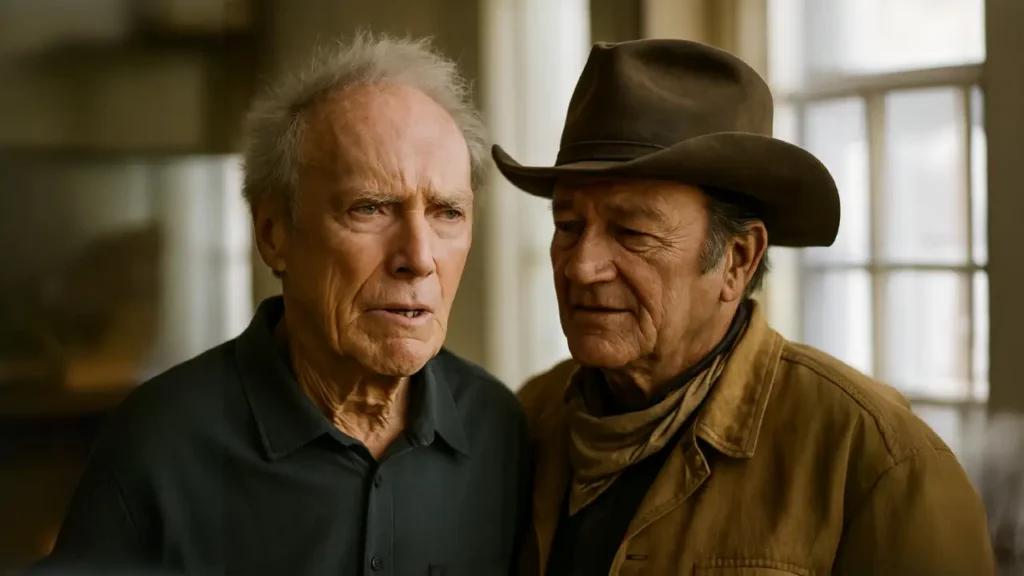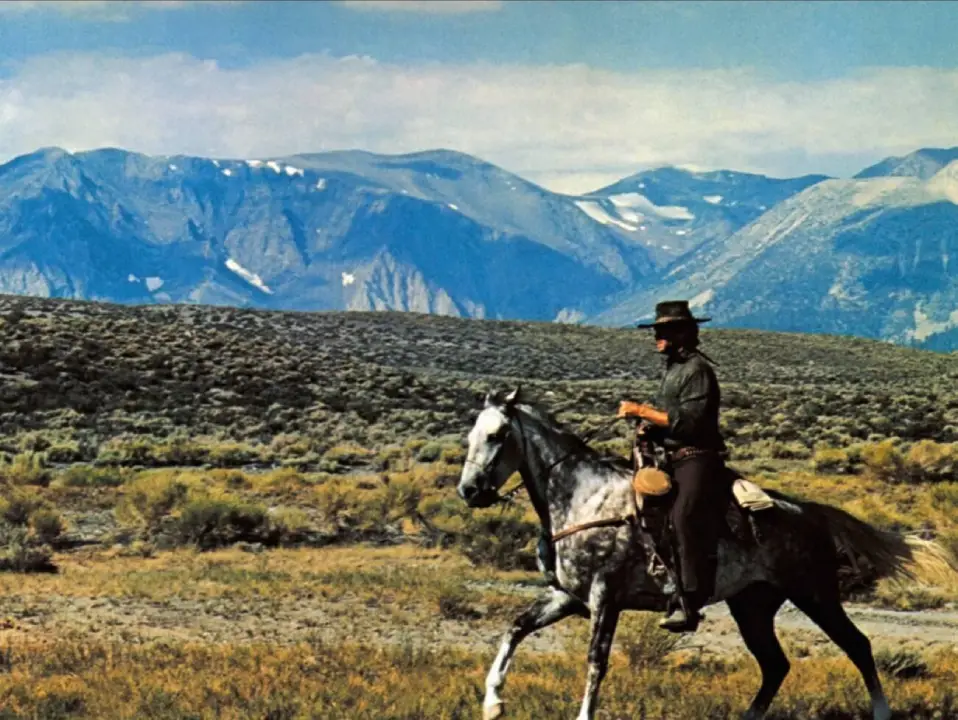At 94, Clint Eastwood finally Confirms the Rumors About John Wayne

Hollywood’s golden age etched powerful images of dusty streets and showdowns onto the screen. Two figures towered over that era: John Wayne, the steadfast hero of traditional Westerns, and Clint Eastwood, the gruff anti-hero who redefined the genre’s moral compass. For decades, whispers suggested Wayne disapproved of Eastwood’s darker approach—and that the two stars simply didn’t get along.
The Tale of The Hostiles
The most enduring story involves a project called The Hostiles. According to longtime industry insiders, Eastwood pitched a film in which he’d play a young gambler opposite Wayne’s aging rancher. Legend has it Wayne turned down the script—and even fired off a letter criticizing Eastwood’s 1973 hit High Plains Drifter for not portraying pioneer life “properly.”
Yet by Eastwood’s own account, it wasn’t personal. He’s said that Wayne “wasn’t seeing what I was doing,” because High Plains Drifter wasn’t meant to mimic the day-to-day grind of settlers. Instead, Eastwood saw the West as a harsher, more uncertain place—and that contrast, he insists, was at the heart of their “disagreement.”

94 and Counting: Eastwood’s Perspective
Now, in interviews filmed earlier this year, Eastwood reflects with the easy confidence of someone who’s seen it all:
“John Wayne represented one era—a noble pioneer in every sense. I had a different angle: a loner surviving a rough landscape. The press framed it as a feud, but really it was two storytellers following their own paths.”
He makes clear that neither man ever picked up a metaphorical gun at one another. There were no shouted arguments, no on-set showdowns—just two artists who saw the frontier differently.
Related Reading: Clint Eastwood’s Most Unforgettable Roles
Respect in the Saddle
Despite the script snub, Eastwood never dismissed Wayne’s influence. He frequently cites Red River (1948) and The Searchers (1956) as master classes in depth and character. And when Eastwood’s mentor Don Siegel directed Wayne in 1976’s The Shootist, sources say their interactions on set were quietly professional.
If there was real tension, the set would have felt like a stare-down at high noon. Instead, it was businesslike—and Wayne even welcomed Siegel’s connection to Eastwood.
With audiences re-examining Wayne’s on- and off-screen persona, Eastwood’s account offers a balanced view of two towering figures. He emphasizes that fans don’t need to pick a side:
“They never had to be friends. They just happened to leave their mark on the Western in two very different ways.”
matches. Just two strong creative minds with different definitions of what a Western should be.

Leave a Reply